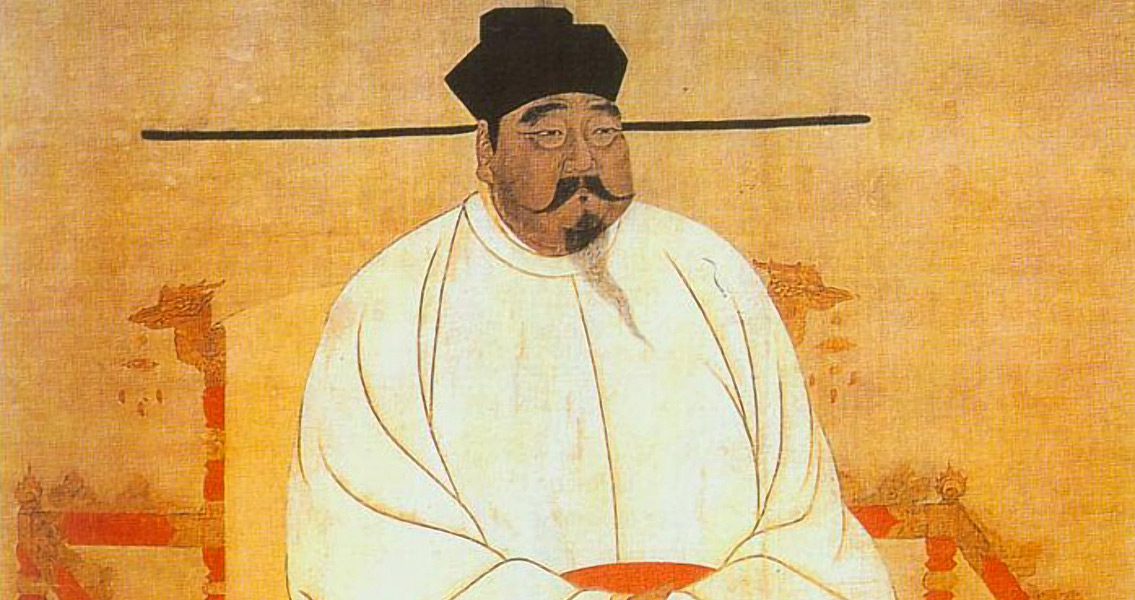<![CDATA[A double tomb dated to the time of the Song dynasty (960-1279 CE) has been discovered during construction works for a secondary school in Chongqing, southwestern China. The find is very rare for the region, according to the archaeologists examining it, and it is also remarkably well preserved, with intricate stone carvings and even traces of colour. The dig site consists of a large mound, which according to Niu Yingbin, the lead researcher, served to seal the entrance to the tomb. Speaking to People’s Daily, he said the tomb was made entirely from stone, had an entrance corridor, and two burial chambers complete with alcoves connected with a central corridor. There are also eight-foot remains from stone pillars that would have stood around the oval mound. Taken together, the burial chambers were 28 feet long, 25 feet wide, and 10 feet high. They were, however, empty save for some ceramic pieces, which means the tomb was robbed some time in the past. The most intricate carvings in the tomb are in the burial chambers and feature plants, animals, children, gods and warriors, the Daily Mail writes. On some of the carvings there are remains from black and red paints. Commenting on the find, Niu notes that despite the lack of bodies in the burial chambers, the tomb has high research value for archaeologists studying the Song dynasty because of the extent of its preservation and the intricacy of the ornamentation. The dating of the structure was actually based on its features. A two-chamber tomb is typical of this dynasty, he noted, but the fact that it was found in Chongqing is interesting because there are very few Song dynasty tombs in the region, especially ones so well preserved. The Song dynasty took the reins in China from the Tang dynasty, which fell in 906, following half a century of internal conflicts between regional kingdoms and foreign invasions. The first period of the Song dynasty, called Northern Song, reigned between 960 and 1127, according to China Highlights. It was smaller than its predecessor as it had lost control over some of the areas of Central Asia that had belonged to the Tang dynasty. The Southern Song dynasty which ruled China from 1127 to 1279 was even smaller, after the North Song dynasty had lost the territories north of the Huai river. The period of the North Song reign was characterised mainly by armed conflicts with regional Chinese kingdoms. The last conflict, with the northwestern Liao empire, practically put an end to the Song reign by capturing the emperor and most members of the royal family, as well as taking the kingdom’s capital, Kaifeng. Some surviving members of the Song clan then set up a new capital in the prosperous trade centre of Hangzhou. The Southern Song reign was a period of prosperity, as most wealthy merchant cities were south of the Huai river and the rulers made it a priority to expand the trade relations of the empire abroad. As a result, the merchant ships of Song traders reached Arabia and India, and a navy was built to protect these traders. It was to this foreign trade that the Southern Song empire owed its prosperity. Significant scientific advances were made during the Song era, China Highlights notes, more than during the reigns of any other dynasty, but unfortunately a lot of them were later lost. Gunpowder, moving type, and mechanical clocks were among these inventions. ]]>
Song Dynasty Tomb Found in Chongqing
